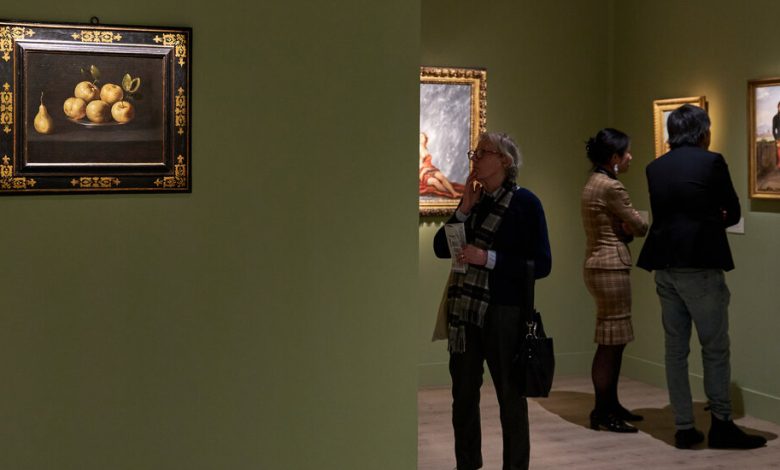At TEFAF Art Fair, Museums Make Up for Shrinking Private Sales

“This would be a bold acquisition to make,” said Frederick Ilchman, the chair of European paintings at the Museum of Fine Arts, Boston. He and his team of curators were gazing, fascinated, at a 16th-century portrait of Antonietta Gonzales, a girl with hypertrichosis, a rare congenital condition that causes excessive facial hair growth. The elegantly dressed young lady holds an inscription stating that she is the daughter of Don Pietro, a “wild man” from the Canary Islands who lived in the court of the Duke of Parma.
This extraordinary, long-lost portrait by Lavinia Fontana was an outstanding example of the many works by women artists on show Thursday at the bustling preview of the TEFAF Maastricht fair in the Netherlands. (The event opens to the public Saturday and runs through March 14.) The Fontana portrait was priced at 4.5 million euros, about $5 million, on the booth of the Geneva-based dealership Rob Smeets. Across the aisle, Artemisia Gentileschi’s recently rediscovered “Penitent Magdalene,” from about 1626, was available on the booth of the dealers Robilant and Voena at $7 million.
Ilchman has regularly traveled from Boston to TEFAF since 2007; in that time, the focus of his acquisitions has evolved. “Last year we bought five paintings in one day: three of them were by women. This has been a priority in the last few years,” Ilchman said. “We do not have a lot of work by women painters or decorative artists. It seems like a useful task to amend this discrepancy,” he added, acknowledging that museums with large holdings of pre-20th art can seem disconnected from the 21st century’s cultural concerns.
Museums are increasingly important buyers at TEFAF Maastricht, as the number of private individuals purchasing old master pictures, sculptures and antiques has declined. Collecting tastes have changed in the digital age, and the vast majority of new art buyers are drawn to contemporary works. The acquisition funds of many institutions, particularly in the United States, encourage purchases that maintain the encyclopedic nature of museum collections. At the same time, curators are looking for old art that can resonate with a new audience.
The delegation from Boston — which also included Matthew Teitelbaum, the museum’s director, and the board of trustees director Marc Plonskier — was one of some 20 groups of curators and patrons from well-funded American institutions at the first preview day of TEFAF Maastricht, according to Magda Grigorian, the fair’s head of communications. Grigorian added that around 300 museum directors would be among the event’s 50,000 expected visitors.





